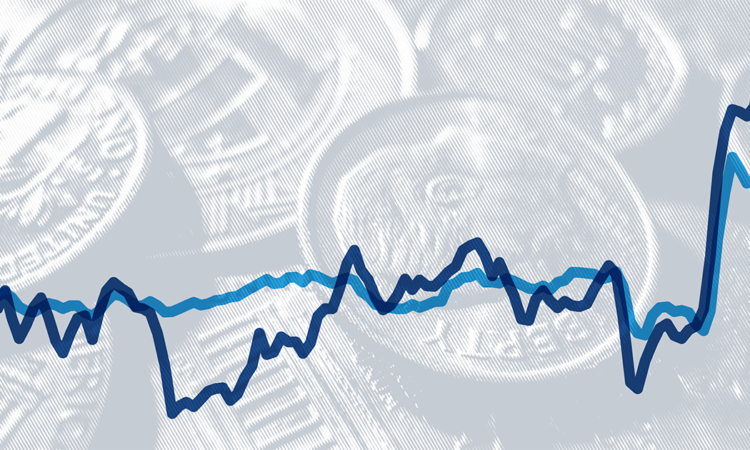
What does it mean to be unbanked or underbanked?
The Federal Reserve defines people’s banking status based on the types of financial services they use. Someone who is fully banked has a bank account and does not use alternative financial services, while someone with a bank account who uses alternative financial services is underbanked.
The Federal Reserve defines alternative financial services as money orders, check cashing services, payday loans or advances, pawn shop loans, auto title loans, or tax refund advances. People who have bank accounts but still use these services are underbanked because the services offered by their banking institutions appear to not fully meet their financial service needs.
Those who don’t have a bank account are unbanked.
The Federal Reserve uses an annual survey to measure the number of people with each banking status in the US. In 2021, the survey was given online to a sample of about 12,000 people designed to be representative of adults in the US.
Why is having a bank account important?
According to the Federal Deposit Insurance Corporation (FDIC), having a bank account can provide several advantages to consumers.
Bank accounts covered by federal deposit insurance provide a safe place to keep money, make transactions, and build savings. They can also help people access responsible and affordable credit that allows them to establish credit history, which can make it easier to get a job, apartment, or more credit in the future.
Which groups have the highest shares of unbanked or underbanked people?
Black and Hispanic adults have lower rates of bank account ownership than white and Asian adults. Black adults also have the highest underbanked rate of any demographic group included in the Federal Reserve report, at 27%.
Black adults have the highest unbanked and underbanked rates of any race or ethnicity.





